Cats have long captivated the hearts and minds of humans with their mysterious and independent natures. One of the most subtle yet sophisticated ways they interact with the world is through scent communication. Despite their frequent portrayal as aloof, cats have developed a complex system of scent marking that plays a crucial role in their relationships with other animals and, intriguingly, with humans. This article explores this fascinating topic, shedding light on how our feline companions use scent to communicate.
Understanding Cat Scent Glands
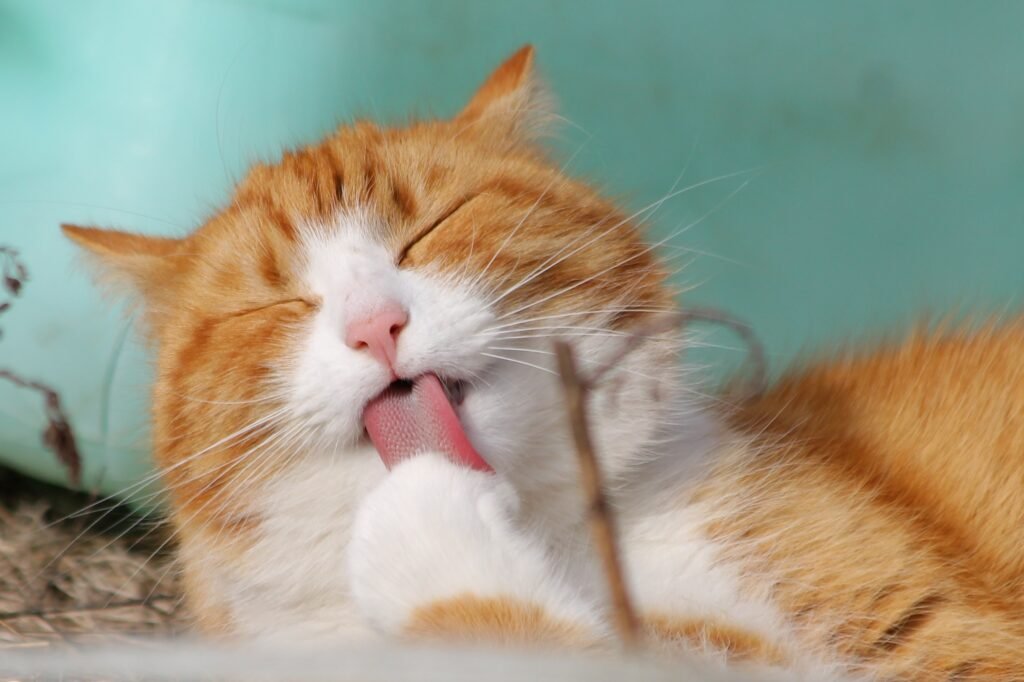
To grasp how cats use scent for communication, it’s essential to understand their biology. Cats possess scent glands in various locations on their bodies, including the forehead, cheeks, chin, paws, and base of the tail. These glands secrete pheromones—chemical signals that carry information to other cats and, indirectly, to humans. Each pheromone carries distinct messages, from marking territory to signaling comfort or distress.
The Role of Pheromones in Cat Communication

Pheromones are at the heart of feline olfactory communication. Cats release these chemical markers in various social and environmental contexts to convey specific messages. In multi-cat households, these scent messages can reduce conflicts and promote harmony, helping establish a shared territory and common identity among feline housemates.
More Than Just a Physical Space

One of the most common uses of scent communication among cats is territorial marking. When a cat rubs its face or body against furniture, walls, or even their human’s legs, it’s not merely being affectionate; it is marking its territory. This action deposits pheromones, essentially laying claim to their space and providing a sense of security and ownership.
Rubbing and Bunting
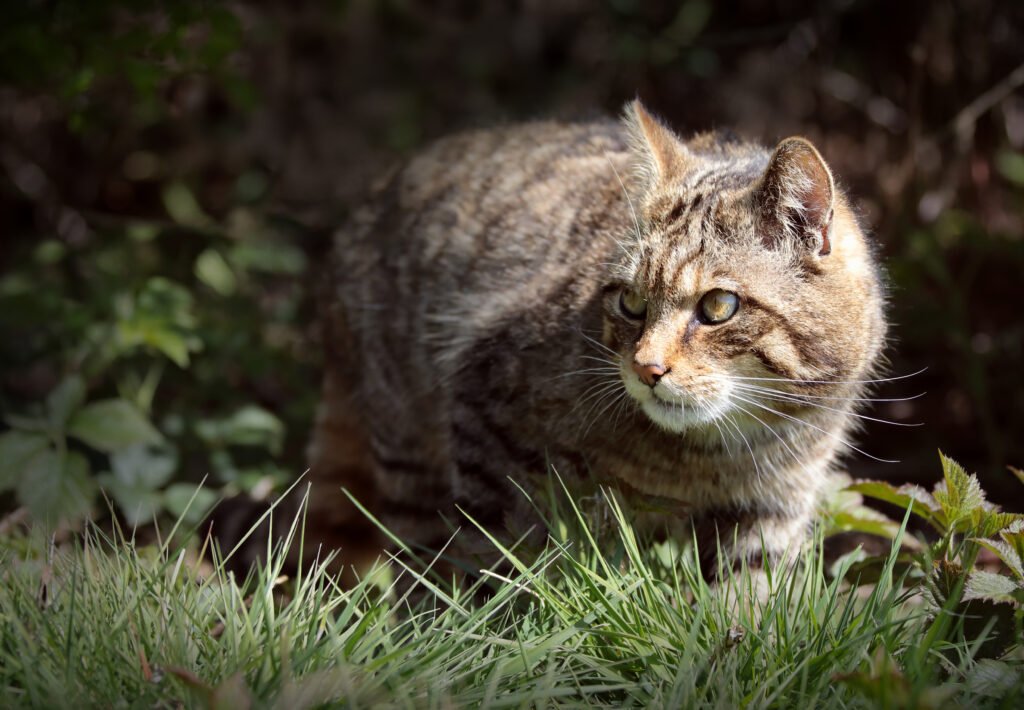
Cats often engage in rubbing and bunting behaviors to mark objects and people with their scent. When a cat rubs its face against its owner, it transfers facial pheromones, which are known for creating a sense of comfort and familiarity. This action is a way for cats to mark humans as part of their social group, strengthening the bond between feline and owner.
Kneading
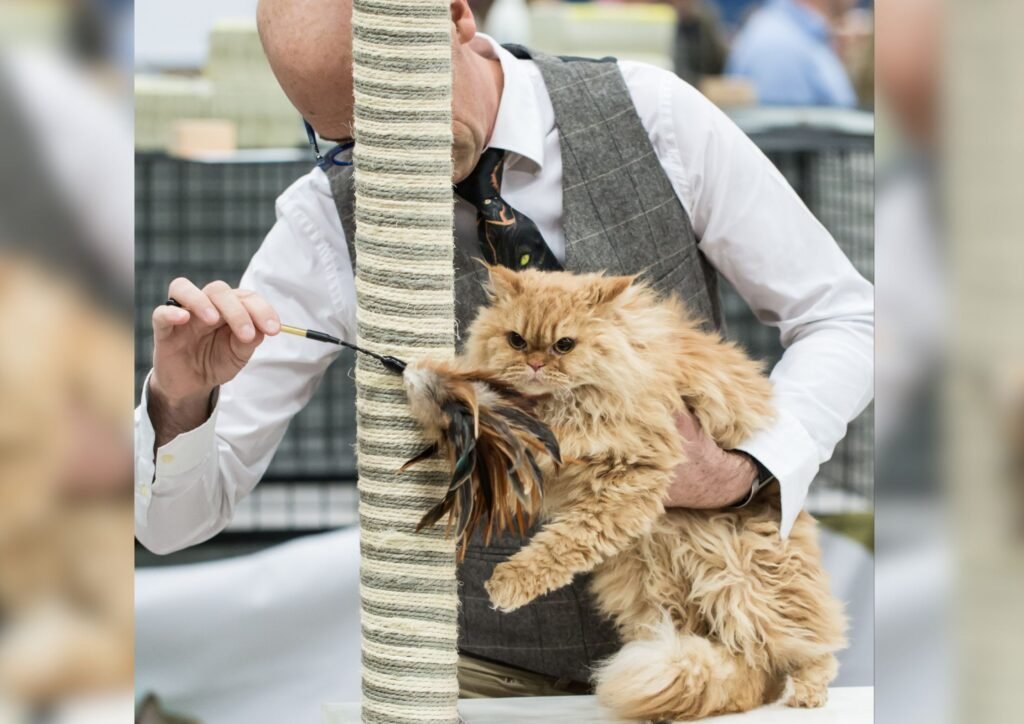
Kneading is another behavior loaded with scent communication. As cats knead their paws against a soft surface, they release pheromones from the glands located in their pads. This behavior, reminiscent of kittenhood, is not only comforting for the cat but also imparts scent onto a preferred area, furthering its significance as a safe and familiar spot.
Spraying
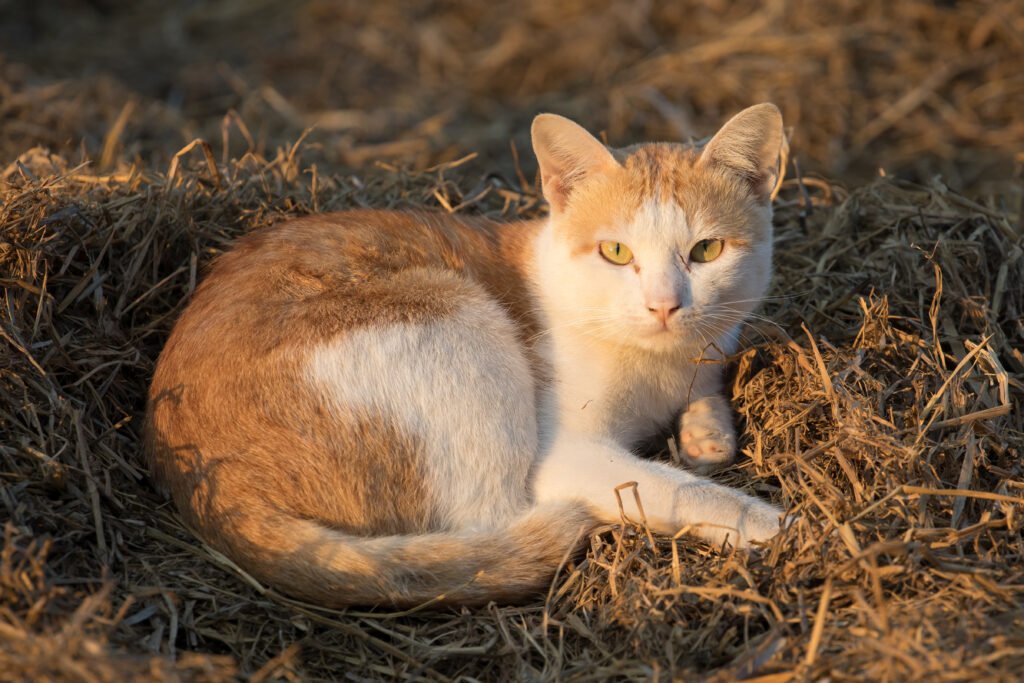
Spraying is often misunderstood as a purely territorial behavior, but it carries a wealth of information. Through the act of spraying, cats can communicate a variety of messages, from attracting a mate to registering anxiety or stress. It’s a crucial aspect of scent communication that helps resolve social dynamics among cats, and sometimes, communicating needs to humans.
The Emotional Comfort of a Cat’s Scent

Cats are known to seek comfort in familiar scents, a behavior that includes their human caregivers. By transferring their pheromones onto their owners, cats find solace, reassurance, and emotional comfort, particularly during times of stress or change. This aspect of scent communication underscores the close bond between cats and humans.
Understanding Stress Signals Through Scent

Scent is not only used for positive communication but also indicates when a cat is stressed or anxious. Changes in scent marking patterns, such as increased spraying or avoidance of usual rubbing areas, can signal distress. Recognizing these scent-related signals can help owners address potential stressors in their cat’s environment.
Promoting Harmony Using Synthetic Pheromones
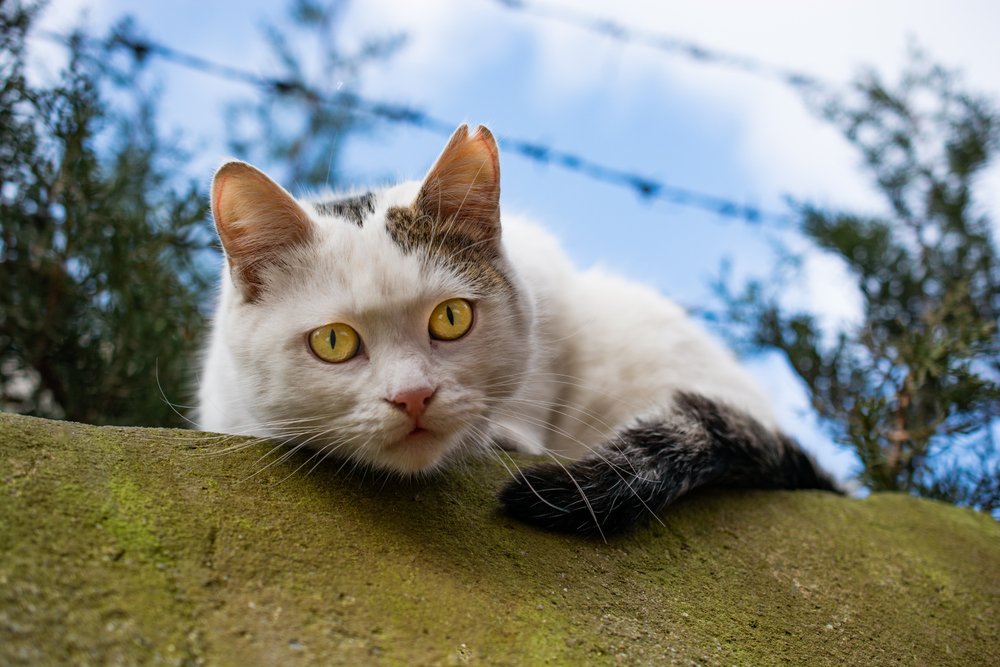
Today, many cat owners utilize synthetic pheromones to encourage harmony and reduce stress-related behaviors. These products mimic natural cat pheromones and are used in homes to create a calming atmosphere. Understanding how and when to use these can significantly enhance a multi-cat household’s dynamics and the overall well-being of individual cats.
Building a Stronger Human-Feline Bond Through Scent Awareness
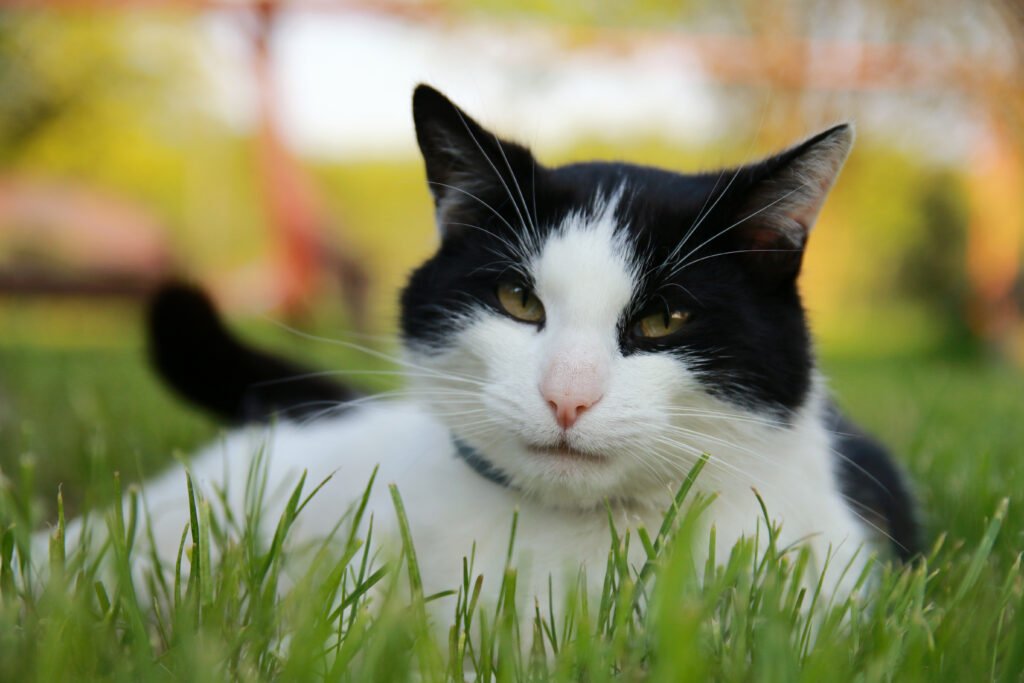
By understanding the subtle yet powerful role of scent in cats’ lives, owners can strengthen their bond with their feline companions. Paying attention to a cat’s scent-marking behaviors and responding kindly can enrich the relationship, ensuring that both cat and human coexist happily and healthily. Recognizing these behaviors as communication rather than mere habit opens up a new dimension in human-feline interaction.

Suhail Ahmed is a passionate digital professional and nature enthusiast with over 8 years of experience in content strategy, SEO, web development, and digital operations. Alongside his freelance journey, Suhail actively contributes to nature and wildlife platforms like Feline Fam, where he channels his curiosity for the Feline into engaging, educational storytelling.
With a strong background in managing digital ecosystems — from ecommerce stores and WordPress websites to social media and automation — Suhail merges technical precision with creative insight. His content reflects a rare balance: SEO-friendly yet deeply human, data-informed yet emotionally resonant.
Driven by a love for discovery and storytelling, Suhail believes in using digital platforms to amplify causes that matter — especially those protecting Earth’s biodiversity and inspiring sustainable living. Whether he’s managing online projects or crafting wildlife content, his goal remains the same: to inform, inspire, and leave a positive digital footprint.






